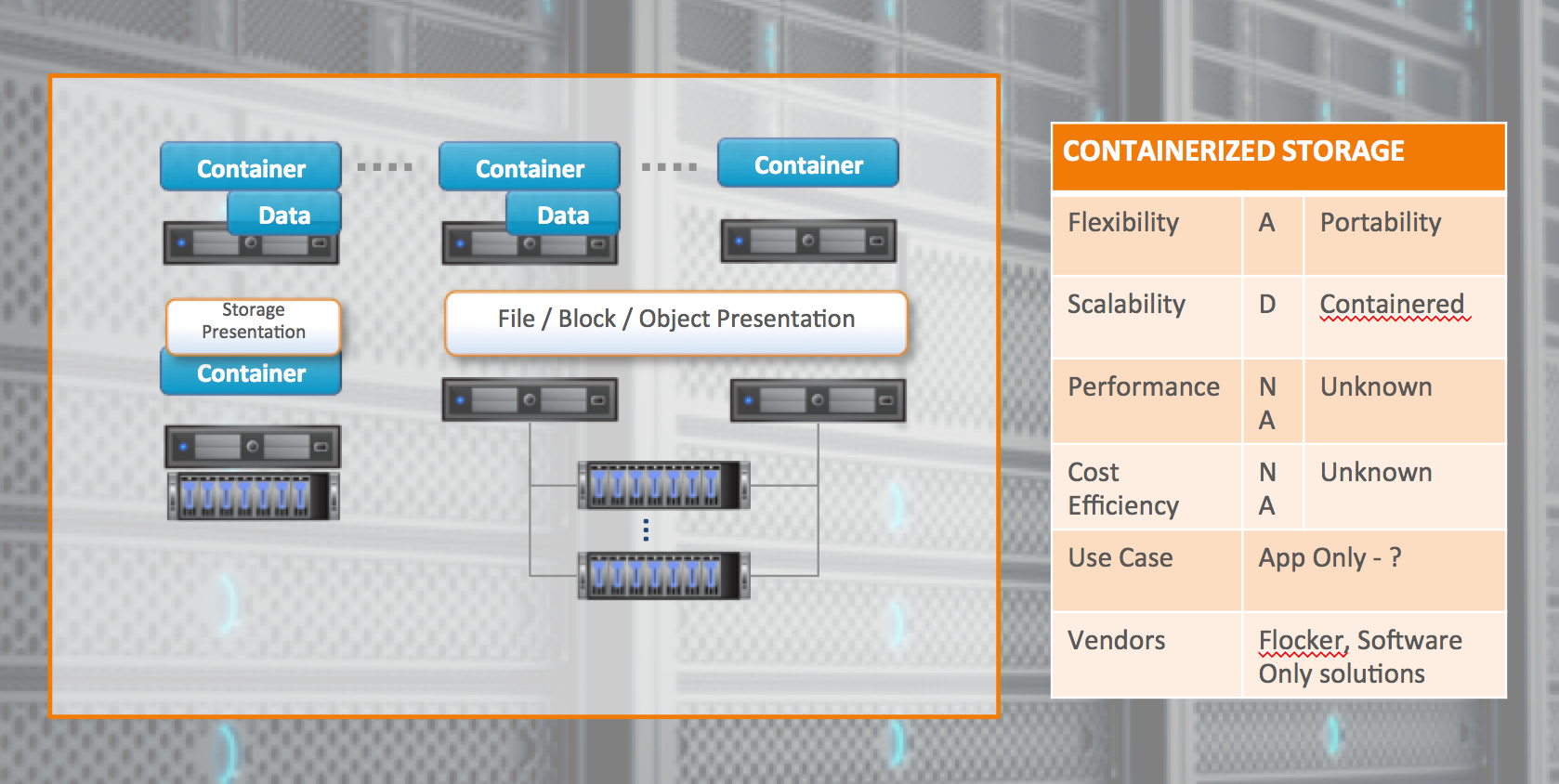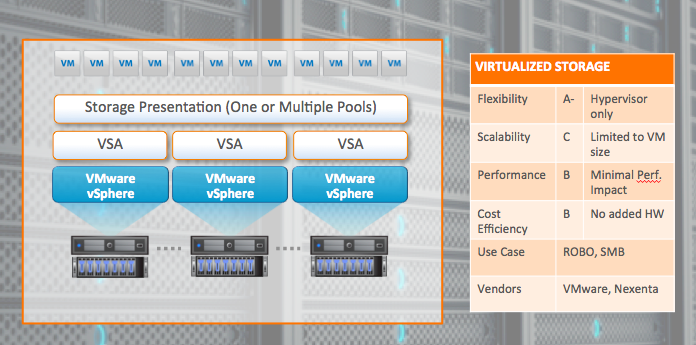By George Crump, Storage Swiss
Click here to learn from George and the team about the Scale-Out All-Flash Solution with Nexenta, Micron and Supermicro…
By Nexenta
By George Crump, Storage Swiss
Click here to learn from George and the team about the Scale-Out All-Flash Solution with Nexenta, Micron and Supermicro…
By Nexenta
by George Crump, Storage Swiss
Object storage is set to become THE way organizations will store unstructured data. As this transition occurs those same organizations are expecting more from object storage than just a “cheap and deep” way to store information. They expect the system will deliver data as fast as their analytics applications want it. The problem is that in terms of performance most object storage systems are sorely lacking. The reality is the transition to high performance object storage will require more than simply throwing flash at the problem. Underlying object storage software needs to change.
More than Flash
Our entry “The Need for Speed – High Performance Object Storage” shows the decisions to use flash for object storage gets support from improving time to results and increased density. The problem is that “just throwing flash at the problem” will lead to less than desirable outcomes. The key to optimizing a flash investment is making sure the rest of the storage infrastructure does not add the latency that flash removes. This is a particular problem for many object storage systems.
The Object Storage Bottlenecks to Flash Performance
One of the key inhibitors to maximizing flash performance is one of object storage’s biggest advantages….
To read this blog in its entirety, please visit: https://storageswiss.com/2016/10/04/designing-all-flash-object-store/
By Nexenta
By Oscar Wahlberg, Director of Product Management
Replication as Data Protection
The use of replication as a data protection method is not new. Historically, it was relegated to disaster recovery for tier-1 applications and did not have a role in day-to-day backups.
Recently, however, many customers are using replication as their primary mechanism for backup and recovery for all tiers of systems – primarily due to the advent of object storage systems with built in replication and versioning. Unfortunately, the side effect is that this significantly increases the amount of data that needs to be replicated.
[Read more…] about Efficient Replication using Multicast Protocols
By Nexenta
by Michael Letschin, Field CTO
This is the sixth of six posts (the last one was Virtual Storage Appliances) where we’re going to cover some practical details that help raise your SDS IQ and enable you to select the SDS solution that will deliver Storage on Your Terms. The sixth (and final) SDS flavor in our series is Containerized.
Containers are a relatively new entrant on the storage scene – and they’re hot, because unlike virtual machines, they use shared operating systems; this means they’re incredibly more efficient than hypervisors in terms of system resource usage. The big benefit is that you can get more apps (think four to six times more) on the same old servers, and you can run those apps basically anywhere. Because the container space is virtualized, storage via Containers could be considered SDS. For storage, the containerization approach varies: It’s either all local storage as in the diagram on the left, or, as on the right, external components sharing file, block, or object presentation that gets integrated into container as staple storage. You can use solutions like Flocker to get stateful storage, which is important because not every app is completely stateless.
Containerization is useful for testing in DevOps or for use in hyperscale environments; and the storage is highly portable, which means flexibility is high. Currently few enterprises are actually moving production apps into these environments, with key issues being the ability of apps to write to containers and limited (but growing) knowledge of IT staff on this new virtualization paradigm. Containers aren’t designed to scale up to accommodate a lot of storage—which enterprise apps usually need – but it may be that a solution to this emerges.. You’ll notice that we’ve let off the grades for Performance and Cost Efficiency. For Performance, because Containers run in a virtual environment, there are far too many variables to provide a standard ranking; for Cost Efficiency, again, lots of dependencies on the underlying environment, although the ability to use existing infrastructure is a big plus.
Overall grade: (soft) B – incomplete grading
See below for a typical build and the report card:

By Nexenta
By Michael Letschin, Field CTO
This is the fifth of six posts (the last one was Hyperconverged “SDS”) where we’re going to cover some practical details that help raise your SDS IQ and enable you to select the SDS solution that will deliver Storage on Your Terms. The fifth SDS flavor in our series is Virtual Storage Appliances.
One of the lesser known flavors of SDS is the Virtual Storage Appliance (VSA); it’s less common because it requires a virtual machine environment (think Microsoft’s Hyper-V or VMware), and because there are only a few, software-only options for it (like FreeNAS, LeftHand VSA, or Nexenta’s NexentaStor). There also tend to be feature limitations as a result of the virtual machine environment, such as lack of replication across hosts. That said, for the right use case – such as remote offices, branch offices, small and medium-sized businesses, and multitenant apps – a virtual storage appliance (VSA) can offer a cost-effective storage solution. To use the VMware example, multiple head nodes each connect with vSphere and a VSA to present storage as one or more pools, with data from one or more VSAs.
Virtual storage appliances offer excellent flexibility through the hypervisor, because you can choose which one you’d like. The hypervisor host does confine scalability to VM size, that’s an important limitation. While managing individual VSAs across different hosts can bring some challenges, it also supports flexibility. You can spin up VSAs per group or per application to create multitenancy using VSAs. IT maintains control, even though individual teams might think they’re managing their storage pools. This approach offers good performance: even a loaded hypervisor only has minimal impact. And finally, this model doesn’t require any additional hardware, so there’s a nice cost benefit.
Overall grade: C
See below for a typical build and the report card:

